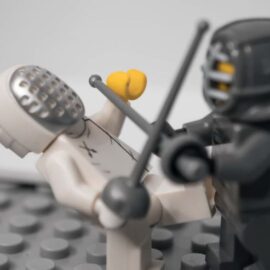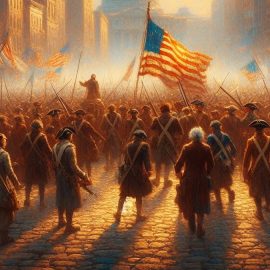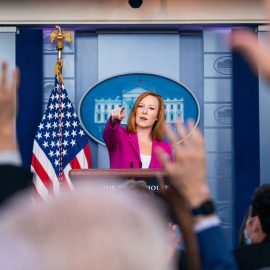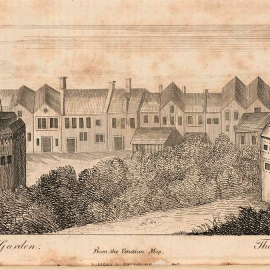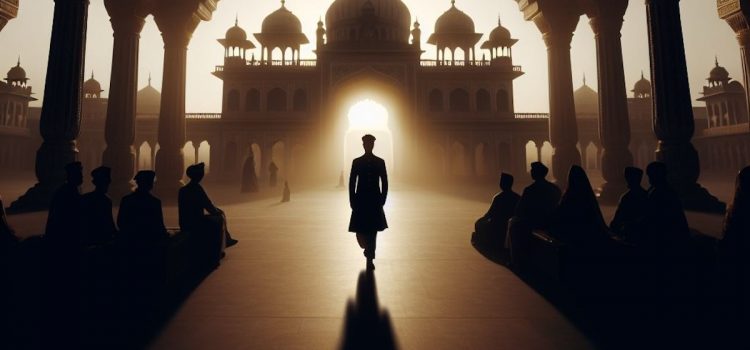
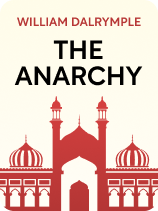
This article is an excerpt from the Shortform book guide to "The Anarchy" by William Dalrymple. Shortform has the world's best summaries and analyses of books you should be reading.
Like this article? Sign up for a free trial here.
Who were the Jagat Seths? How did they make their money—and how did they use it to influence Mughal India?
The Jagat Seths were one of Mughal India’s wealthiest and most influential families. They used their wealth and power to shape the political scene, financially backing coups in collusion with the East India Company.
Read more to learn about the powerful Jagat Seth family of financiers.
Who Was the Jagat Seth Family?
“Jagat Seth” was actually not a family name but a title meaning “banker/merchant to the world,” an honorific bestowed on the family by the emperor Mahmud Shah. The family fortune was originally built by Hiranand Sahu, a jeweler turned moneylender who also began trading in saltpeter, an important ingredient in gunpowder.
The Jagat Seth family rose to prominence after financially supporting Prince Farrukh Siyar’s bid to become emperor in 1713. Siyar succeeded, and, with the emperor on their side, the Jagat Seths became royal treasurers as well as moneylenders, minting coins and managing the Mughals’ wealth. As a result of their background, when the Jagat Seths decided to finance a coup against Siraj ud-Daula, the Nawab of Bengal, they had long been familiar with the role of kingmaker.
The Coup Against Siraj
Emboldened by a military victory against Siraj, the East India Company (EIC) sought to expand its influence in Bengal by backing a coup there and installing a puppet ruler who would support its interests. Dalrymple explains that Mir Jafar, one of Siraj’s generals, planned to overthrow the Mughal prince and was looking for allies. The EIC was known throughout Bengal for its military prowess, and the Jagat Seth family offered a vast sum of money to the EIC and Robert Clive if they’d join Jafar in the coup. The EIC agreed, and Clive marched on the capital of Bengal with a force of English soldiers and sepoys—Indians who had been recruited into the company army and trained in British weaponry and tactics.
In its coup against Siraj, the EIC benefited from gaps in the other side’s military technology and experience with firearms—for example, EIC fighters knew to keep their gunpowder dry during a rainstorm with tarps, while their opponents, unfamiliar with firearms and their maintenance, didn’t. After defeating Siraj, the EIC installed Jafar as the Nawab of Bengal, but his dependence on EIC military power made the British the de facto rulers of the province. The Jagat Seths made good on their payment to Robert Clive, who returned to England the richest man in the country.
Why did the Jagat Seth family turn on Siraj? Their grudge was both political and personal. To fund one of his military campaigns, the prince had demanded an enormous payment from them on short notice. When Mahtab Rai Jagat Seth refused, Siraj allegedly responded by hitting him.
The Coup Against Jafar
While the EIC enjoyed impunity, the Jagat Seth family was not pleased with Jafar’s flailing regime and decided to back a second coup. Dalrymple explains that Jafar had an ambitious son-in-law named Mir Qasim who thought he could do better. The Jagat Seths approved of him and asked the EIC to reprise its mercenary role. The EIC agreed. But, this time, instead of a lump sum of cash, it asked for tax collection rights in several portions of Bengal. This effectively made it an independent governing force with a steady stream of revenue. Qasim and the Jagat Seths agreed to these terms, and the EIC deposed its own puppet Jafar in a second coup.

———End of Preview———
Like what you just read? Read the rest of the world's best book summary and analysis of William Dalrymple's "The Anarchy" at Shortform.
Here's what you'll find in our full The Anarchy summary:
- How the English East India Company grew during the 17th and 18th centuries
- Why a trading company came to rule most of the Indian subcontinent
- The background, historical context, and fallout from the events in the book



